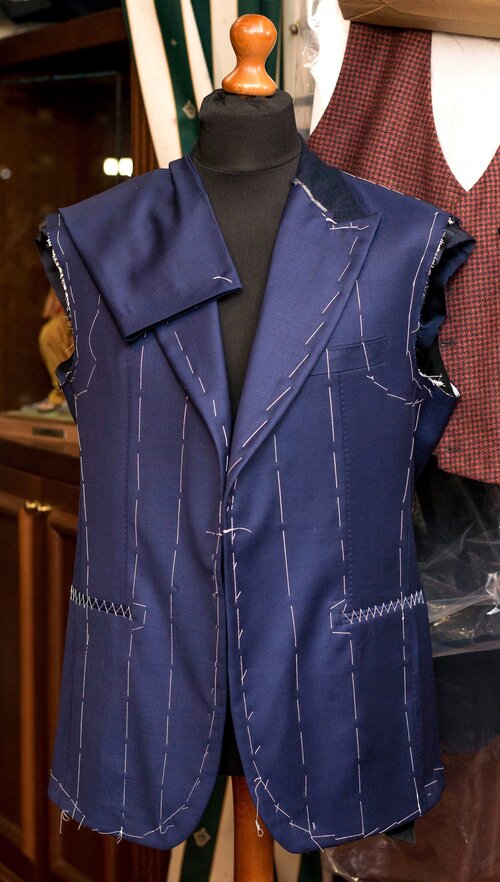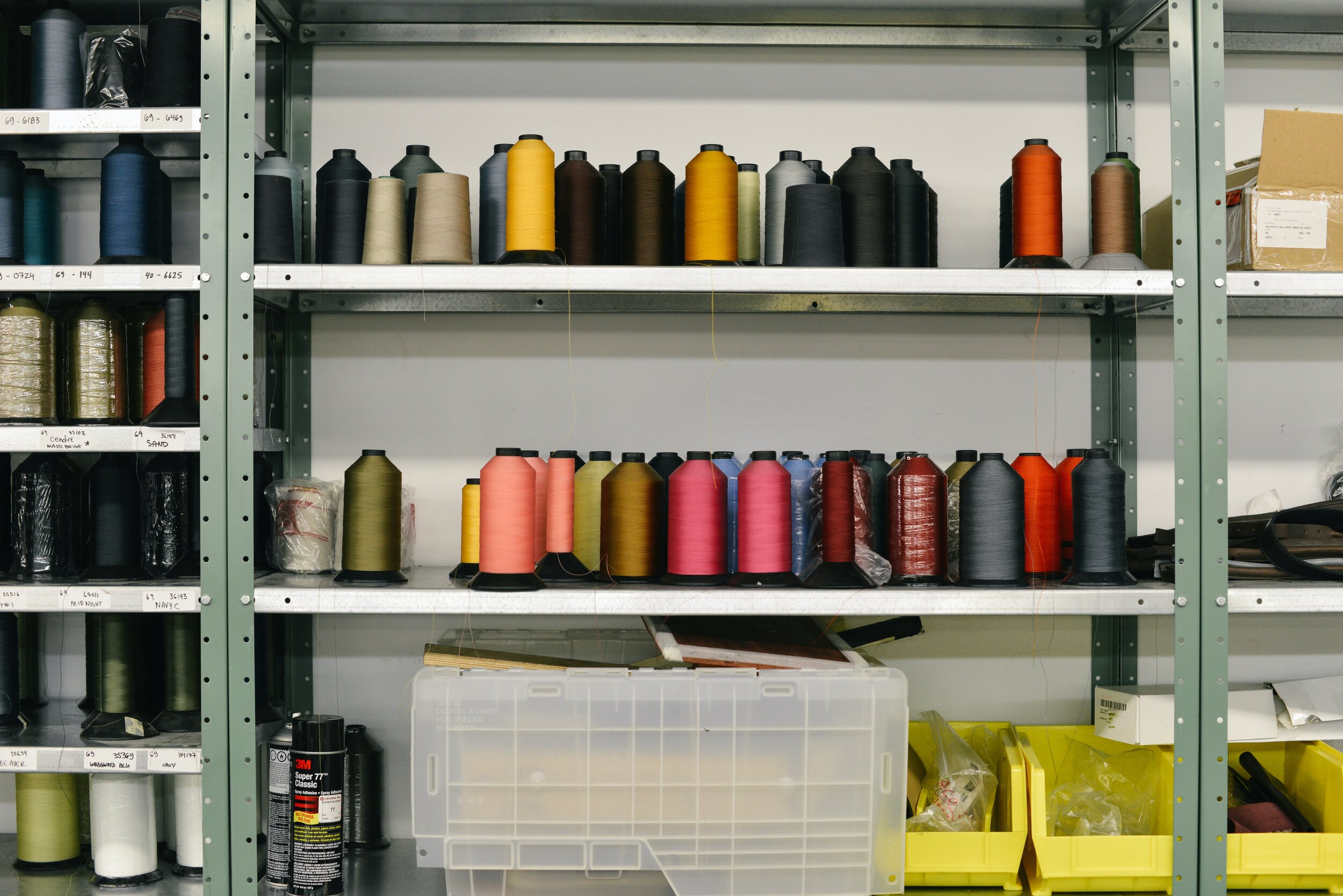Creative Fabric: Mapping Community Connection in NYC’s Garment District

Tessa Maffucci
School of Design
“Creative Fabric” is a Fashion Studies and Digital Humanities project that employs both spatial mapping and network analysis to illustrate the vulnerabilities in New York’s current fashion production system and provide insights to stem the loss of this cultural knowledge and practice.
The project began in 2016 with informal interviews and conversations conducted with a group of Garment District business owners and workers, leading to the establishment of the New York Fashion Workforce Development Coalition (NYFWDC), a group that is now composed of over 300 members in fashion production, design, education and advocacy. I presented early findings and ongoing research for this project at conferences including the Global Fashion Conference, London College of Fashion (2018), Fashion Colloquia Roma, Accademia Costume & Moda (2019) and American Everyday, Columbia College (2020). In 2020, I wrote and taught a course titled Made in NYC: Narratives of City, Identity & Affect engaging Pratt students with the themes of this project. The students investigated the concept of “Made In” through a collaborative Digital Humanities project reconstructing the obscured histories of current fashion workers in New York City. A summary of this work was presented in the second issue of Iteratio, the publication of the Pratt Center for Teaching and Learning in 2022. In the summer of 2023 a knowledge-sharing forum was hosted with Democracy at Work Institute, Urban Manufacturing Alliance, Industrial Commons, and the Garment Workers Center to explore the findings from ecosystem models in Los Angeles, North Carolina and New York.
This work has led to a focused project to gather data from fashion manufacturers on the labor practices surrounding training, hiring, and compensation for specialist garment workers, who traditionally operate outside of formal employment structures. Over the course of Fall 2023 and Winter 2024, a survey was administered to 35 Garment District businesses and eight interviews were conducted with artisans identified as key members of the community. This work is currently being analyzed and comprised into a digital portal of data visualizations and storytelling to bring light to this unique and highly-skilled community, which is at great risk of disappearing.



